Low-pressure switches, also known as light-pressure switches, are used to detect changes in hydraulic or pneumatic input pressure, particularly if the pressure falls below or increases over the predetermined pressure point, and to react by making electrical contact by switching on or off. Low-pressure switches can work with liquid and gaseous materials and can be used for applications involving negative, positive, and differential pressure. Read More…
Tecmark is a designer and manufacturer of remotely actuated controls used by OEMs worldwide. We offer an extensive line of high pressure switches, and our customer service representatives will help you find the perfect model for your application. Whether you are looking for an in-house solution, or an industry need, we continue to develop technological advancements.
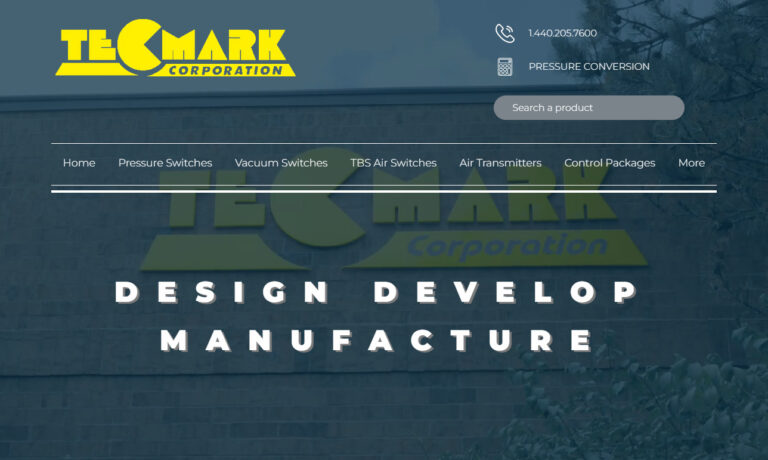
SOR pressure switches have earned a long-time reputation for their high quality, rugged construction and reliable performance under the most demanding applications. We offer explosion proof, hermetically sealed, and weatherproof switches. We design our pressure switches with high performance in mind, crafting custom, durable pressure switches with the approval of multiple agencies. Our products...
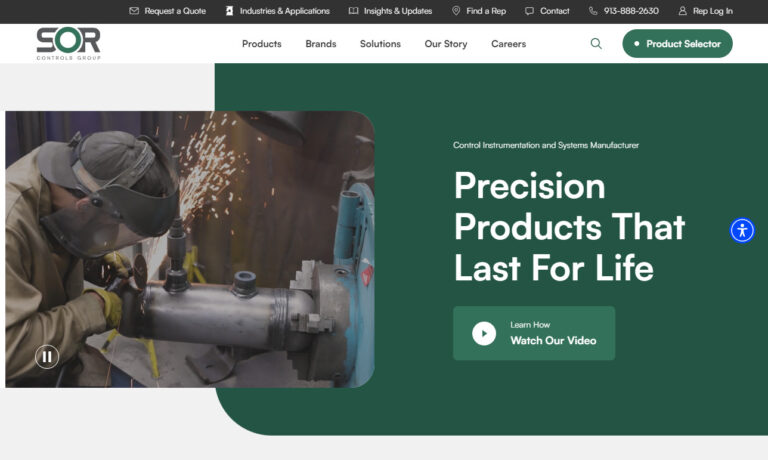
For over 35 years, MPL has specialized in unique miniature pressure switch solutions to the world’s leading manufacturers. MPL pressure sensors and switches can be found in the most demanding environments from automotive to health care where long-life, reliable solutions are required. Visit our website for details.

Barksdale Control Products specializes in manufacturing top-quality pressure switches, solid-state pressure switches and other controls which are used for the control and measurement of fluids in industrial applications. Barksdale is a subsidiary of The Crane Company.

More Low Pressure Switch Manufacturers
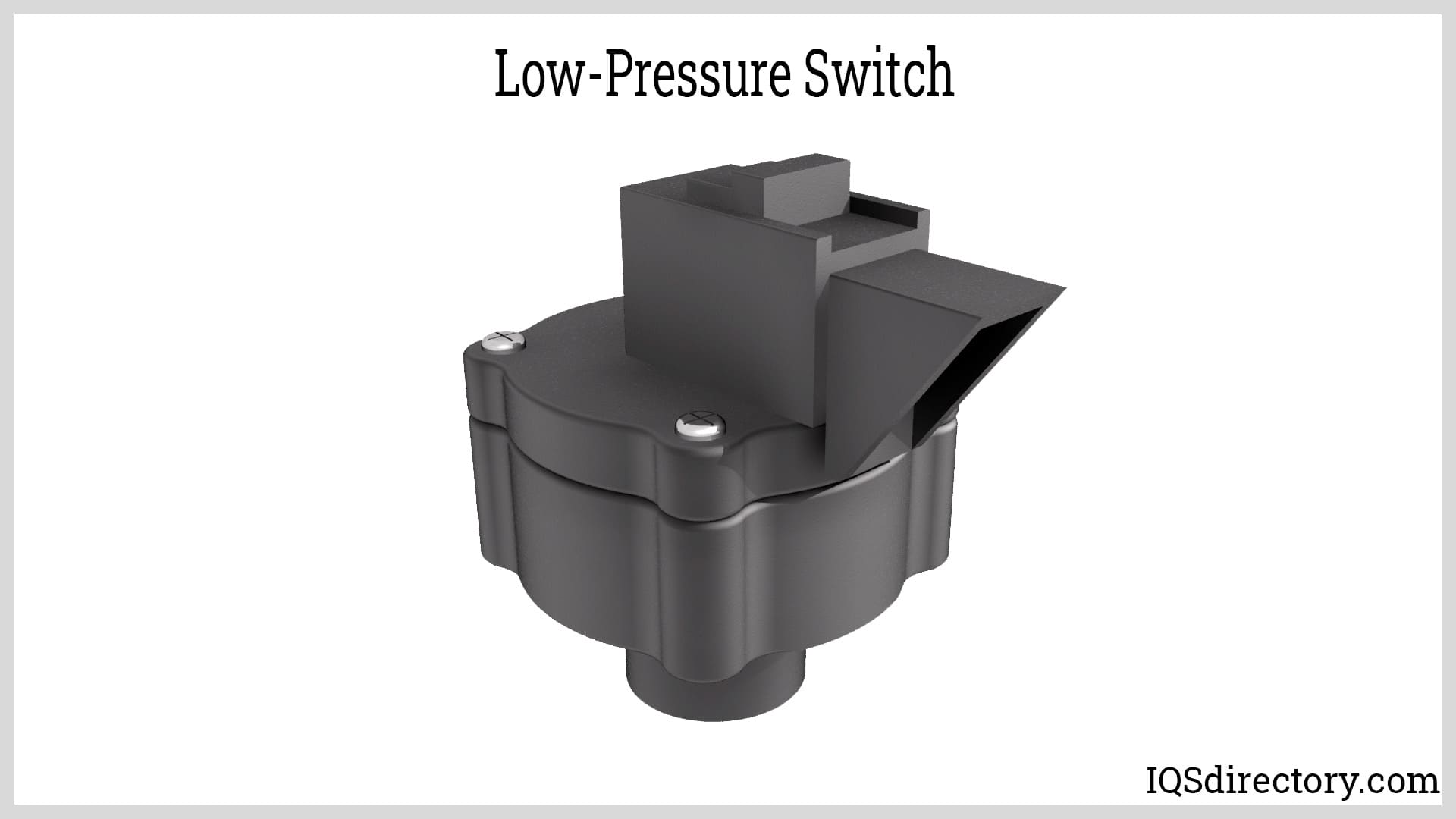
What are Pressure Switches?
When fluids, air, or gasses reach a certain pressure or setpoint, a mechanical or electronic mechanism known as a pressure switch is actuated. Bourdon tubes, pistons, diaphragms, or membranes that move or change shape in response to changes in system pressure are some examples of pressure switch designs. One or more contacts on a pressure switch are wired to the components of the switch.
A contact can close or open a switch with adequate force, depending on how it is configured. Although there are numerous ways to detect pressure, electromechanical or electrical devices are the most common types of pressure switches. Most industries that use HVAC, instrumentation, compressed gas, pumping, and other systems require pressure switches.
Working Principle of Low-Pressure Switches
In a normal pressure switch, one side of a piston is exposed to fluid pressure. Usually, the air pressure is on the opposite side. A preloaded spring's force balances the force created by the fluid pressure. The piston only moves when a specific pressure is reached, thanks to the careful design of the surface area in contact with the fluid and the spring constant. The setpoint screw pre-compresses the spring. The activation pressure can be regulated higher or lower by adjusting the setpoint screw.
Low-pressure switches respond directly to only the system's pressure since they are made to actuate in reaction to minute, minor, and reduced pressure circumstances. In addition, Low-pressure switches can provide explosion-proof, adjustable, and electronic features to meet the desired application better. These qualities are advantageous for pneumatic, plumbing, foam processing, sewer, and steam systems, which can and frequently work at low pressures.
Design of Low-Pressure Switches
Low-pressure switches are used in pressure systems to control material flow. They are built using materials like diaphragms and occasionally piezoelectric crystals to respond to pressure changes. Because the diaphragm will be pushed open and the medium will flow through when the flow surpasses the set point, diaphragms respond to pressure variations. Since they generate a voltage when squeezed or released, piezoelectric crystals react to changes in pressure by activating switches.
Applications of Low-Pressure Switches
Many different industries employ low-pressure switches for various applications, including:
- The aerospace sector
- For many hydraulic applications, they are crucial.
- Industries using chemicals
- For situations requiring careful material handling.
- Research or laboratory industries
- To ensure proper testing.
- Wastewater management
- Efficient and quick system control
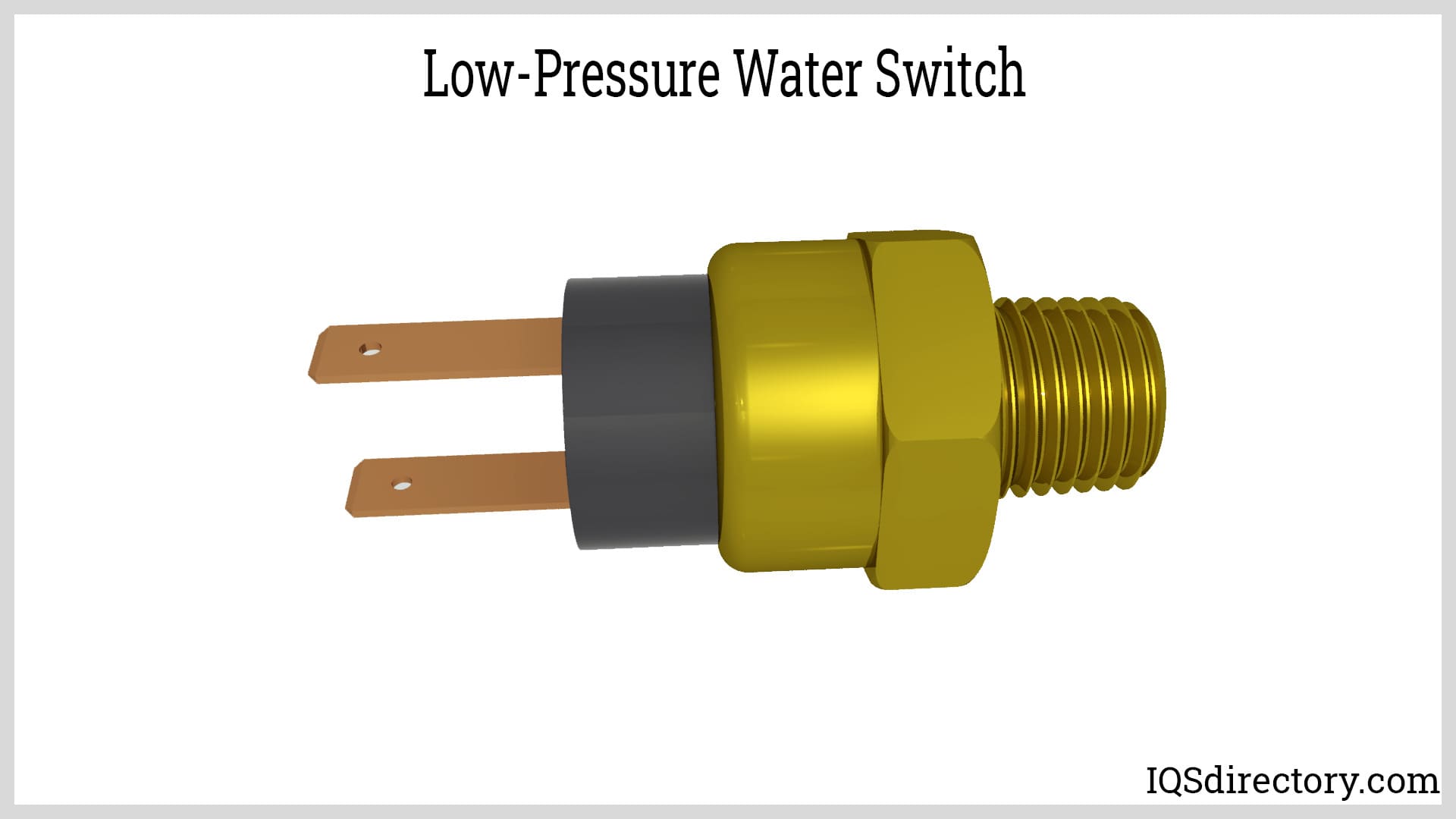
Types of Low-Pressure Switches
Negative, positive, and differential low-pressure switches are the three main varieties. Switches for negative low-pressure work by translating a signal of negative pressure to an electrical output; as a result, they react solely to changes in a negative-pressure chamber. Similar to positive pressure switches, positive low-pressure switches operate by translating the positive pressure signal to an electrical output and only react to changes in the positive pressure chamber.
Differential low-pressure switches operate very differently. These switches operate based on a preset point and measure or regulate the difference in pressure between two places. Therefore, regardless of whether the pressure is positive or negative, differential low-pressure switches are incredibly sensitive to any changes in pressure.
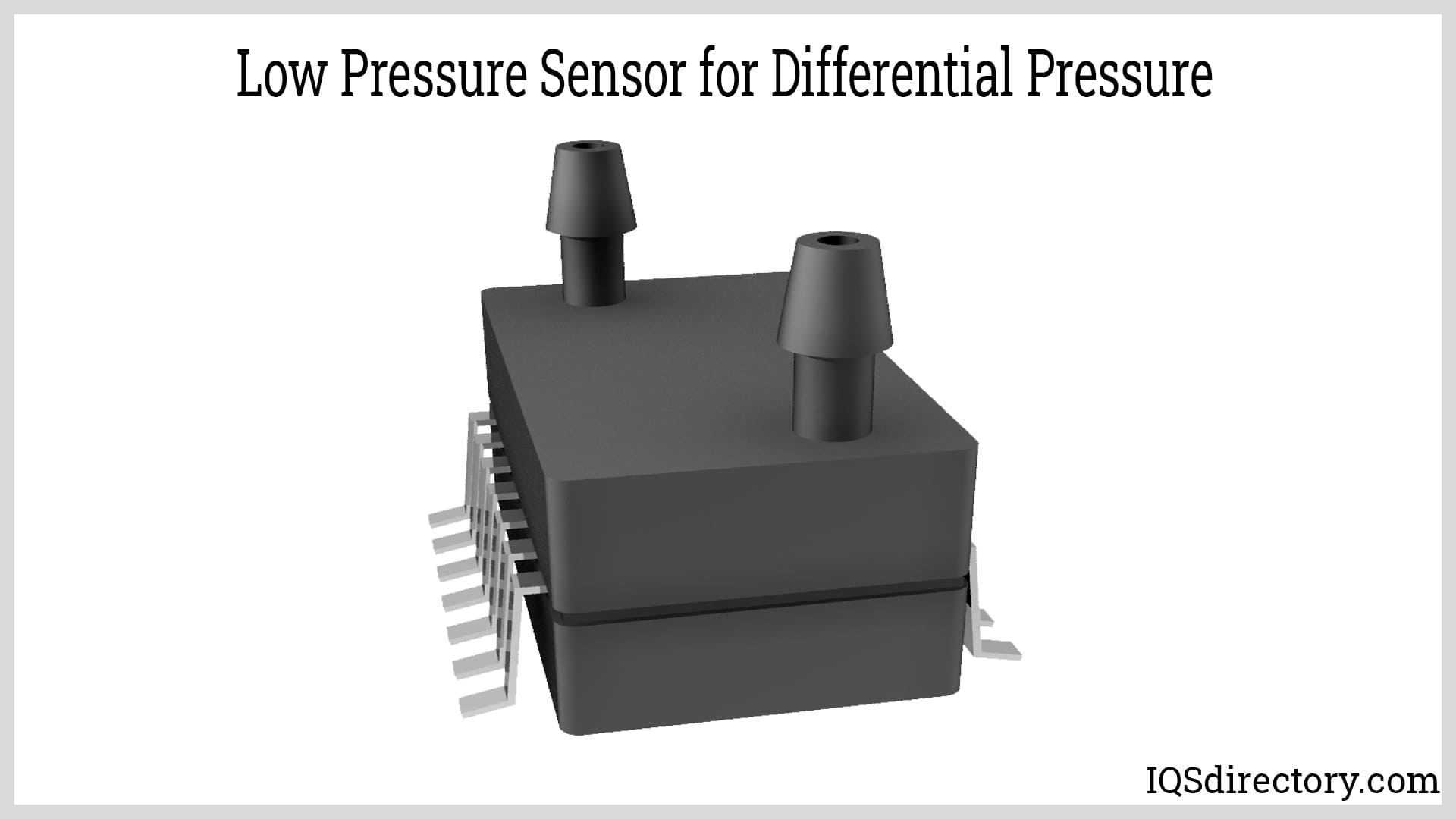
Low-Pressure Switch Sensor Parts
- Process (Inlet) Port: The inlet port is the part that connects the pressure switch assembly to the processing unit. Pressure switches get installed on nozzles that are connected to a pipe or tank. The norm for connections is threaded fittings. Only seldom are connectors that are bolted or welded used. Therefore, it is crucial that the fitting type, pressure rating, and fluid pressure are all compatible.
- A Pressure-Sensing Element: The classification of a pressure sensor element depends on how it is employed in mechanical pressure switches. This element is the main part of the switch that the fluid pressure mechanically activates. As a result, the fluid side of the piston or diaphragm is designed to transfer sufficient force from the predicted fluid pressure. Most of the pressure is successfully offset by a spring.
- Spring: The fluid's pushing force is regulated by the spring. It is preloaded to match the operational pressure of the fluid. The switch turns on only when the force provided by the spring exceeds the force produced by the fluid pressure.
- Differential: This is used to expand or contract the switch's operational pressure range. A set of springs and adjustment screws smaller than the setpoint adjustment is a typical design usually used in pumping systems. Only one end (higher or lower) of the pressure range is changed by tightening or loosening this screw; the other end stays unchanged.
- Setpoint Adjustment Screw: The setpoint adjustment screw is built within the spring, and the spring’s activation pressure can be altered by turning the setpoint adjustment screw.
Choosing the Correct Low Pressure Switches Manufacturer
To make sure you have the most beneficial outcome when purchasing Low Pressure Switches from a Low Pressure Switches Manufacturer, it is important to compare at least 5 or 6 Companies using our list of Low Pressure Switches manufacturers. Each Low Pressure Switches Supplier has a business profile page that highlights their areas of experience and capabilities and a contact form to directly communicate with the manufacturer for more information or request a quote. Review each Low Pressure Switches company website using our proprietary website previewer to get an idea of what each company specializes in, and then use our simple RFQ form to contact multiple Low Pressure Switches businesses with the same quote.


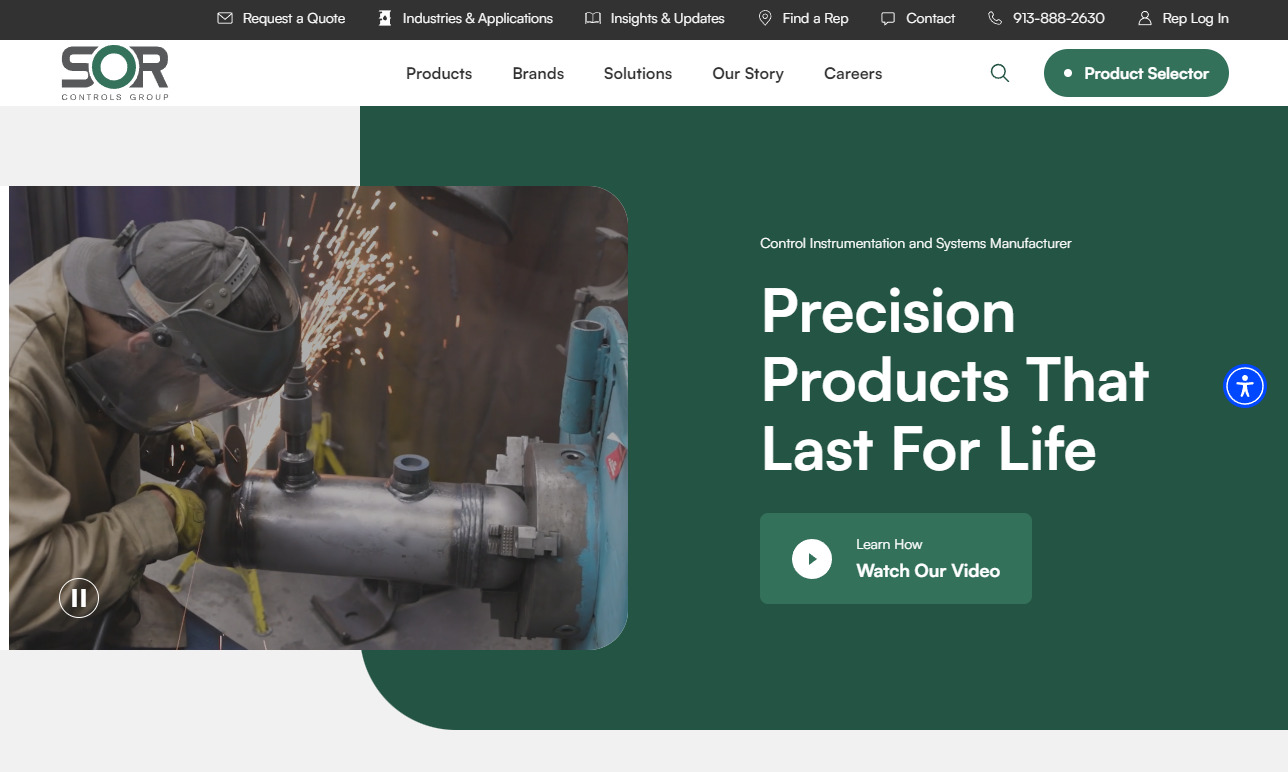


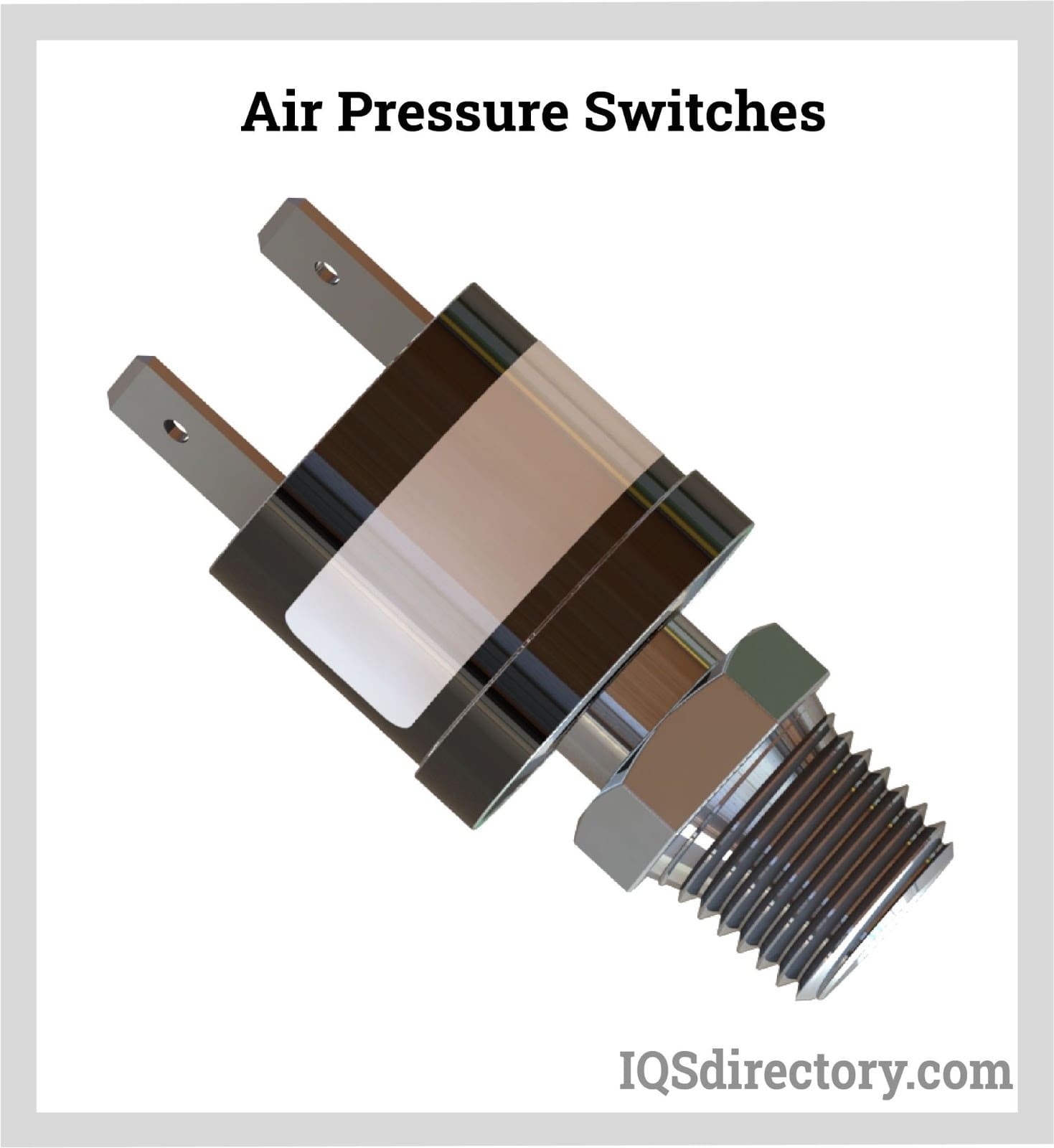
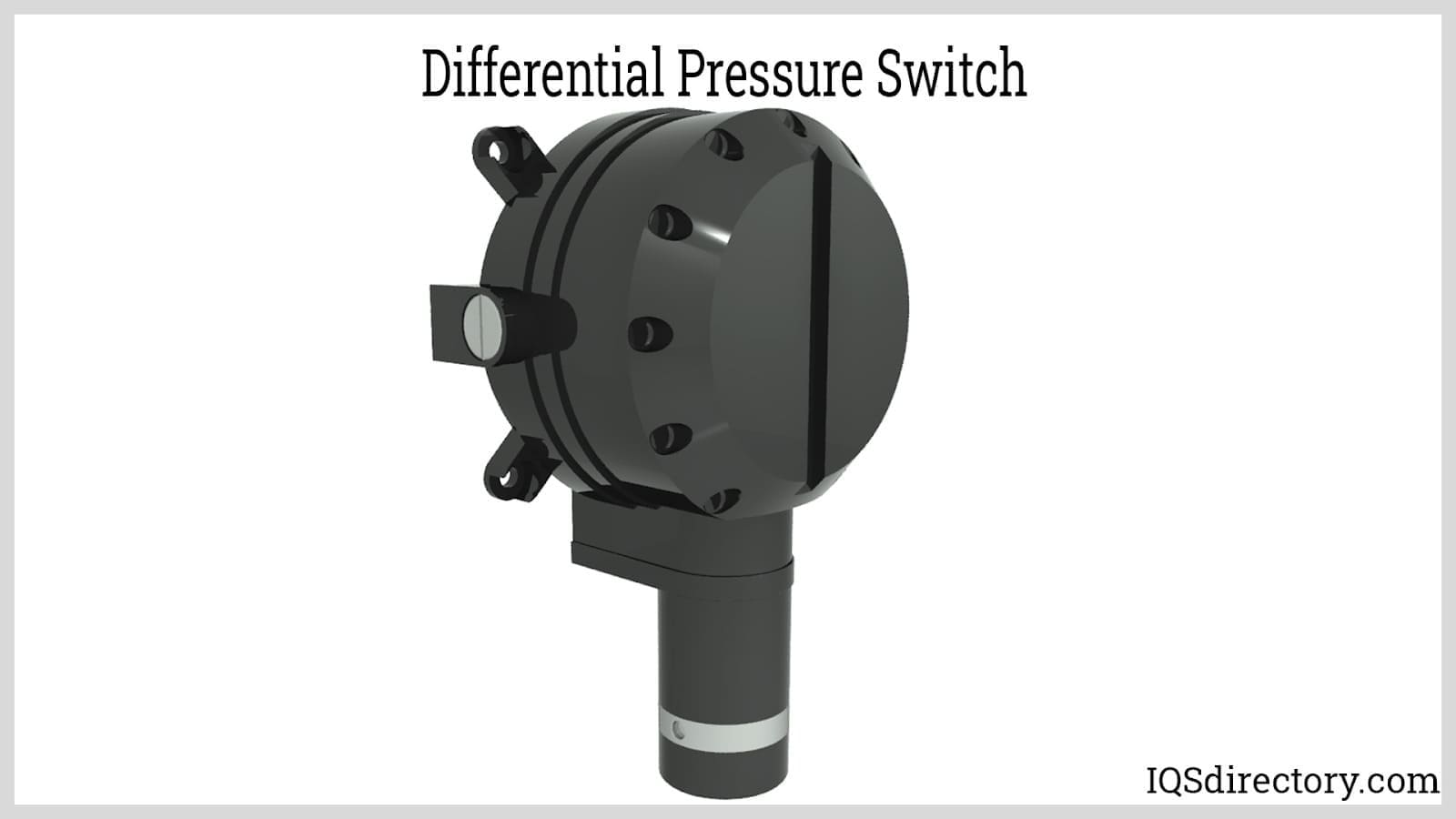
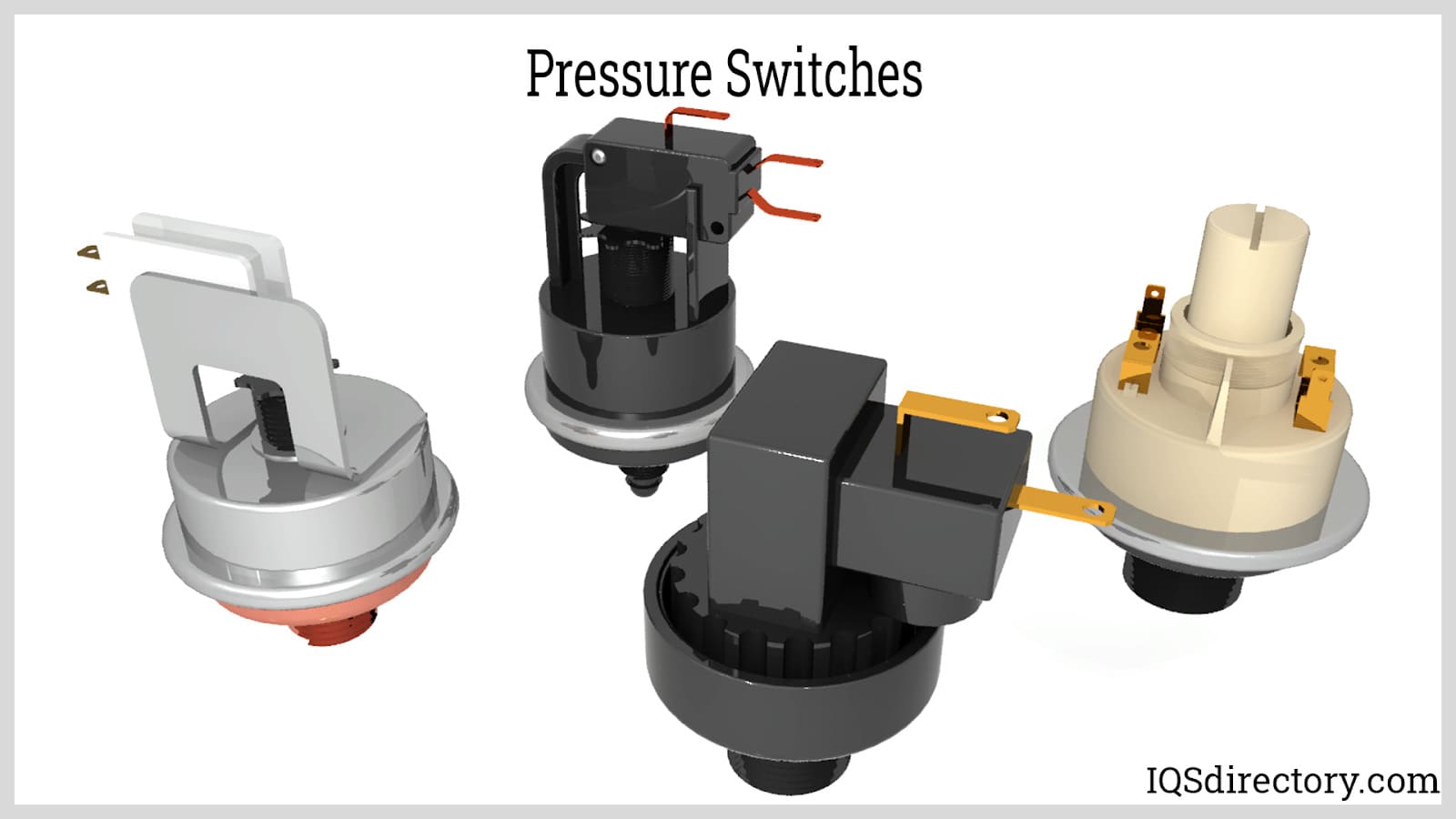

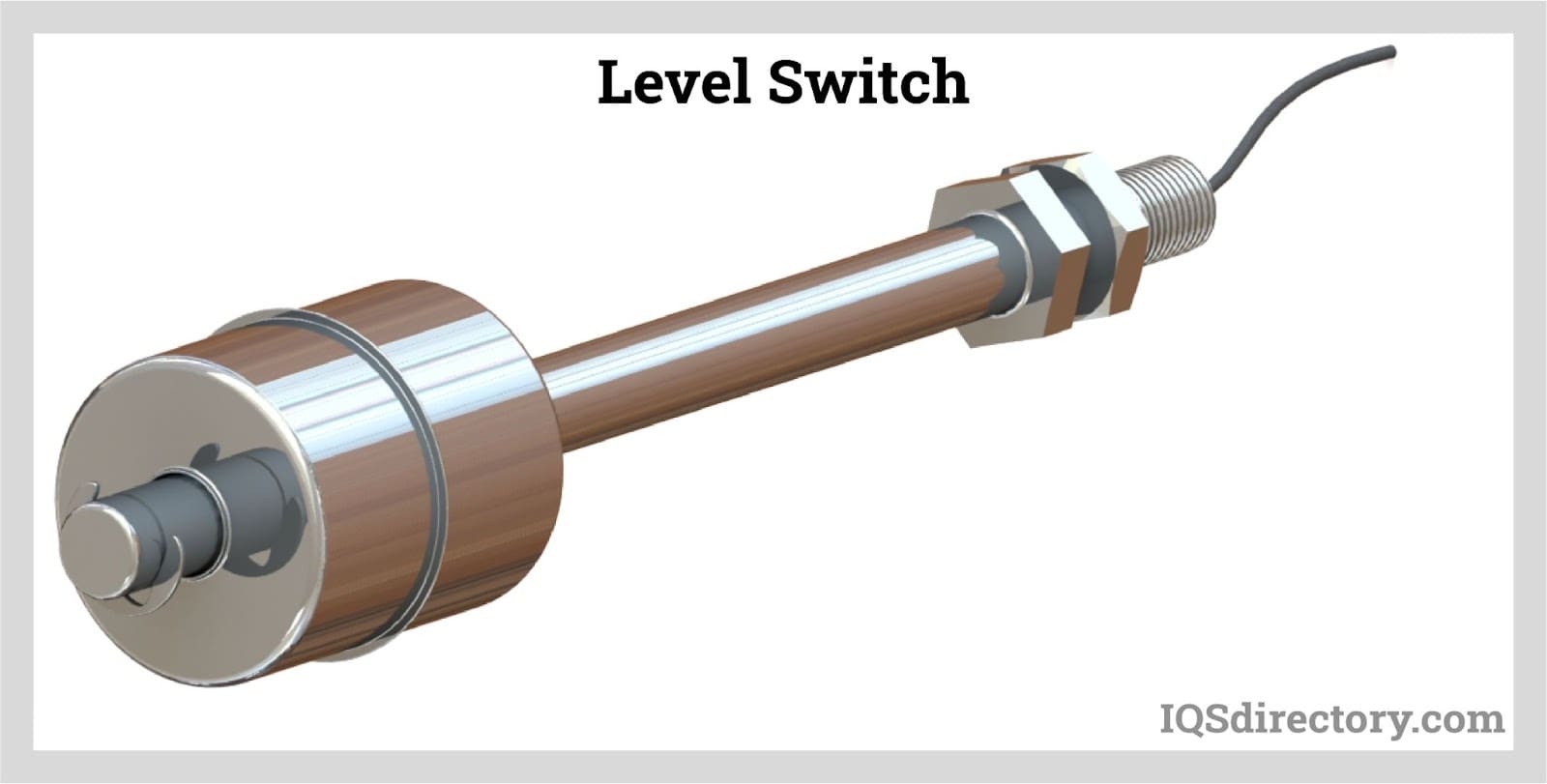
 Flow Meters
Flow Meters Leak Detectors
Leak Detectors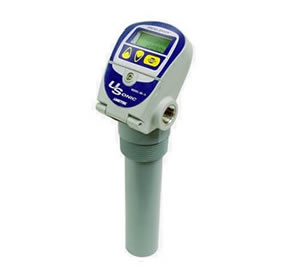 Level Switches
Level Switches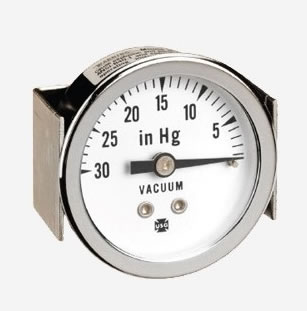 Pressure Gauges
Pressure Gauges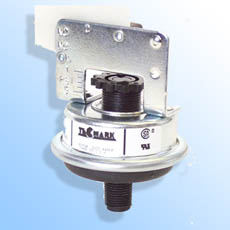 Pressure Switches
Pressure Switches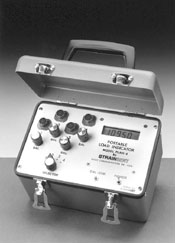 Pressure Transducers
Pressure Transducers Castings & Forgings
Castings & Forgings Bulk Material Handling
Bulk Material Handling Electrical & Electronic Components
Electrical & Electronic Components Flow Instrumentation
Flow Instrumentation Hardware
Hardware Material Handling Equipment
Material Handling Equipment Metal Cutting Services
Metal Cutting Services Metal Forming Services
Metal Forming Services Metal Suppliers
Metal Suppliers Motion Control Products
Motion Control Products Plant & Facility Equipment
Plant & Facility Equipment Plant & Facility Supplies
Plant & Facility Supplies Plastic Molding Processes
Plastic Molding Processes Pumps & Valves
Pumps & Valves Recycling Equipment
Recycling Equipment Rubber Products & Services
Rubber Products & Services